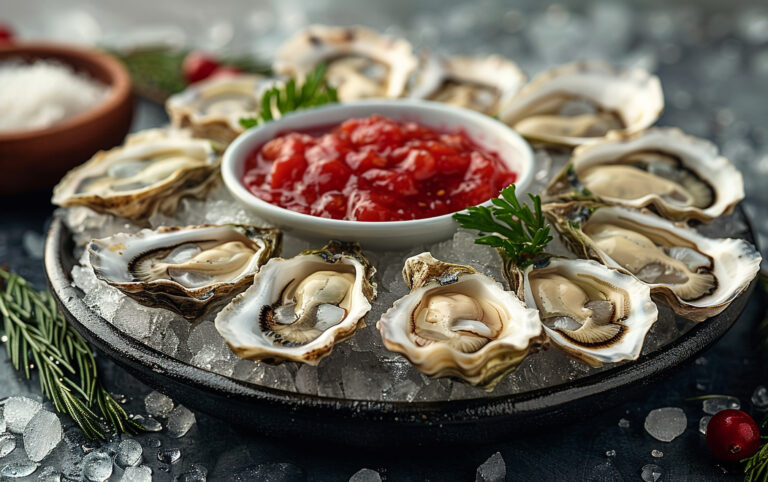Oyster contamination is in the news on a regular basis with FDA issuing advisories against their selling, serving, or consumption. Perhaps we could put it down to the “r” rule — the old adage that oysters are safe to eat only in months with an “r” in their names. But, while that could apply to the recent occurrences in May and June, it doesn’t account for the FDA advisories that we saw in January through April. So, what’s going on?
The “r” rule does have some merit, as Vibrio bacteria, as well as paralytic shellfish poisoning (PSP), that most commonly contaminate oysters thrive in warm waters. With the months with “r” in their names being the cooler months of September through April, it would make sense that these are safer months. However, something has changed, and one may wonder if the evolving climate changes of rising global temperatures are enough to create new concerns about oyster safety — particularly that of raw oyster consumption — even beyond the adage.
Further, European Food Safety Authority has warned that climate change will increase the prevalence of Vibrio bacteria in seafood, especially in low-salinity waters. Because of this, Vibrio infections have been steadily shifting northward, appearing in regions where they were previously rare. Take for example, the nearly doubling of Vibrio infections from 2007 to 2019 in the Chesapeake Bay and Pennsylvania seeing a 490% surge in cases. Given that Vibrio naturally inhabits coastal waters where oysters live and can cause fatal infections, the bacteria are a major concern.
While Vibrio can be killed by cooking or other processing methods, the same is not true of PSP. Rather, the algae that causes PSP, commonly known as red tide, also flourishes in warm waters, and these toxins aren’t removed from oysters by cooking or freezing. Thus, food businesses manufacturing, selling, or serving foods which contain oysters — raw or cooked — must also take safety into account, particularly in oysters from warm waters.
But steps can be taken to help ensure safety. The water source of the oysters is a critical factor in their safety, especially if climate change is creating new risk zones. The best oysters come from clean waters, and many farms are now implementing rigorous testing protocols. While regional differences are also significant, these are continually changing with warming waters creating northward movement of hot spots – such as in Chesapeake Bay, as mentioned, where summer water temperatures are averaging 2.5°F higher than previous decades. Even Alaska, where Vibrio infections had been virtually nonexistent due to cold waters, is now reporting cases from the consumption of infected oysters.
Because of all the above, TAG recommends that food businesses that serve, sell, or use oysters in their products, monitor the sourcing of oysters through the FDA’s National Shellfish Sanitation Program (NSSP). The program’s principal objective is to certify that shellfish shipped in interstate commerce meet agreed-upon sanitation and quality criteria, based on both growing water and wholesale market strategies.
It is also recommended that those who serve or sell oysters abide by the following and/or provide consumer advisories such as:
- Source oysters from reliable, reputable sources that follow refrigerated food safety practices throughout the supply chain.
- Stay informed about water conditions. The European CDC has a tracker that provides six-day information on Vibrio concentrations in waters in the region.
- Follow FDA alerts to track those related to oysters and shellfish and the areas which are under alert.
- Only purchase oysters that look clean, smell fresh, and have been maintained in refrigerated conditions.
- Cook oysters to an internal temperature of 145°F and discard any that don’t fully open in cooking.
While the risk is never zero with raw oysters, it can be lower during colder months when sea waters are colder, and bacteria have less opportunity to grow. If you want to eat and/or sell raw oysters, following advisories and staying informed about areas of contamination is your best bet against consumer foodborne illness and recalls.
All written content in TAG articles, newsletters, and webpages is developed and written by TAG experts, not AI. We focus on the realities and the science to bring you the most current, exacting information possible.




